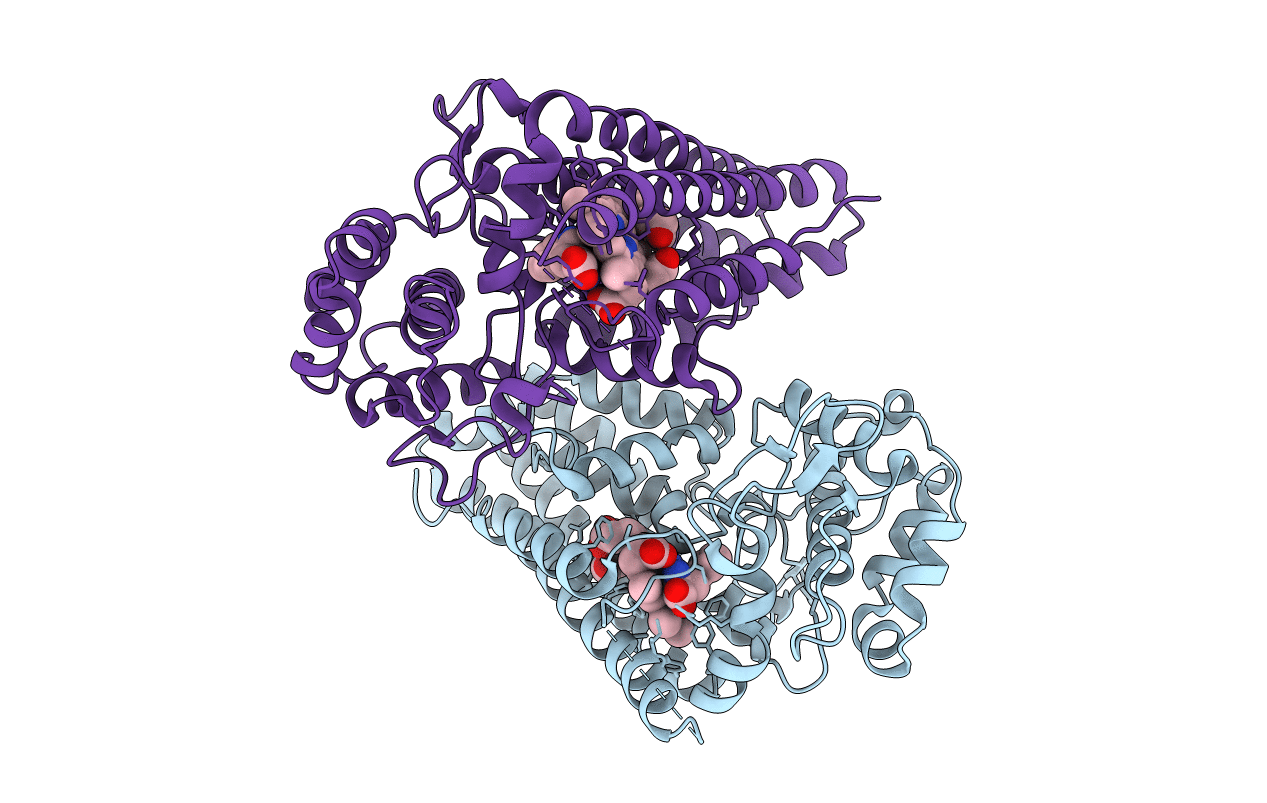
Deposition Date
2018-04-04
Release Date
2018-06-27
Last Version Date
2024-10-23
Entry Detail
PDB ID:
6CXV
Keywords:
Title:
Structure of the S167H mutant of human indoleamine 2,3 dioxygenase in complex with tryptophan and cyanide
Biological Source:
Source Organism:
Homo sapiens (Taxon ID: 9606)
Host Organism:
Method Details:
Experimental Method:
Resolution:
2.60 Å
R-Value Free:
0.26
R-Value Work:
0.20
R-Value Observed:
0.21
Space Group:
P 21 21 21


